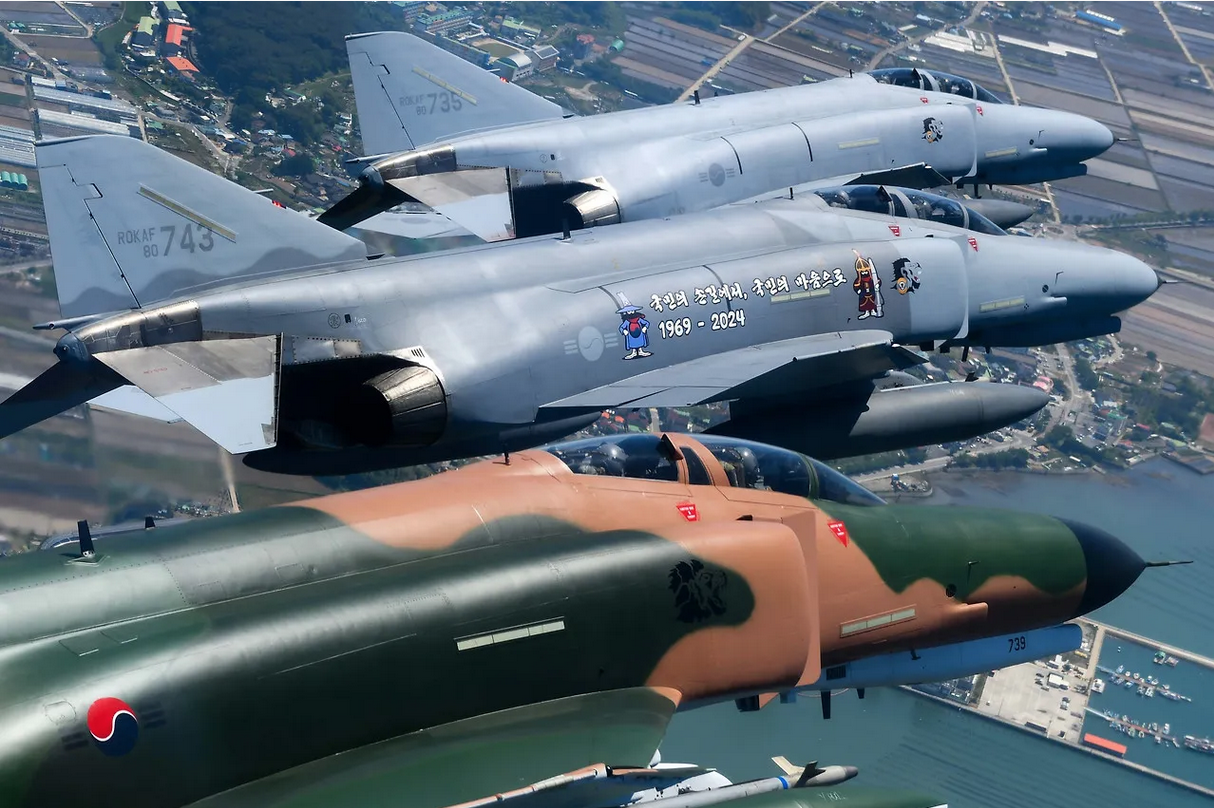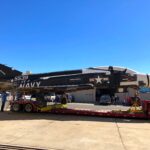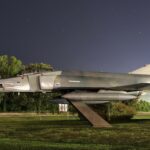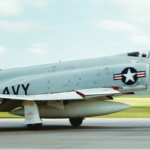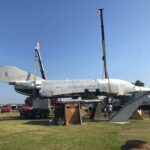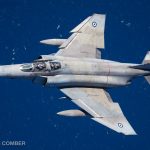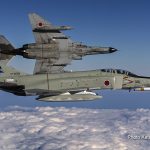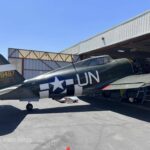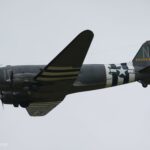Although the McDonnell Douglas F-4 Phantom II is technically not a warbird yet, we at Vintage Aviation News feel that almost anything related to the mighty smoking Rhino deserves coverage (Click HERE for previous articles), and we felt sure our readers would be interested in hearing about events last week in Korea.
On June 7th, South Korea, one of the last four nations operating the classic F-4 Phantom, formally retired the Cold War-era fighter today. During the decommissioning ceremony, the Republic of Korea Air Force (ROKAF) granted an “honorable discharge” to its final Phantoms, which had played a crucial role in the nation’s defense for 55 years. The event also highlighted the Air Force’s future, featuring participation from the F-4’s successors, including the F-35A stealth fighter. Ultimately, the locally developed KF-21 will also replace the Phantom.
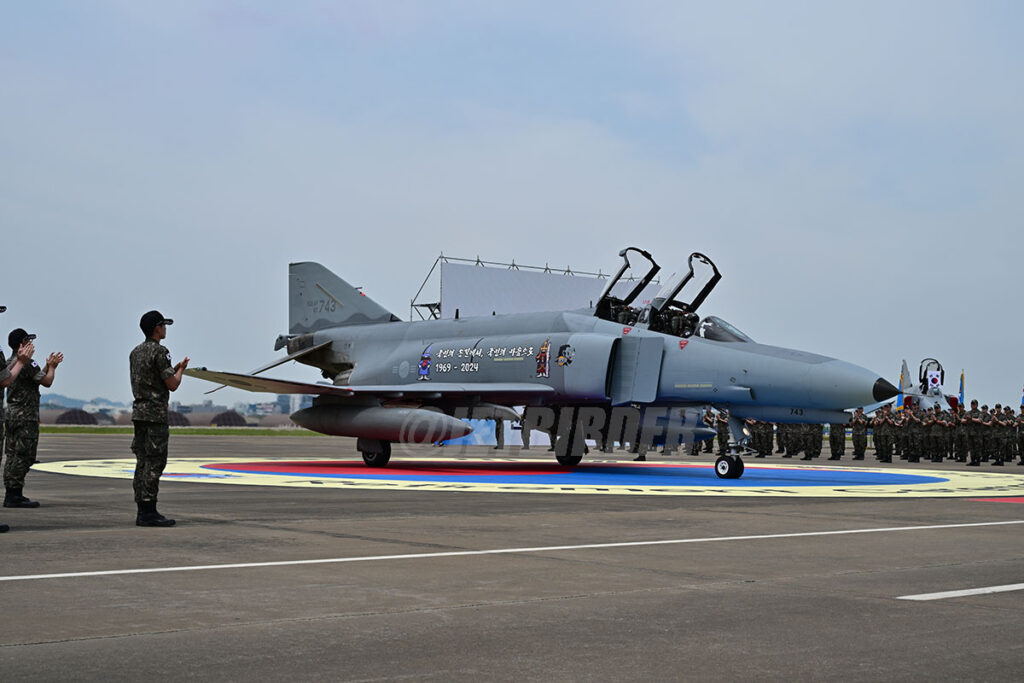
The decommissioning ceremony was held at Suwon Air Base in northern Gyeonggi province, presided over by South Korea’s Minister of National Defense, Shin Won-sik. The event was attended by numerous military leaders, both past and present, as well as former pilots and maintenance crew who had served with the ROKAF F-4.
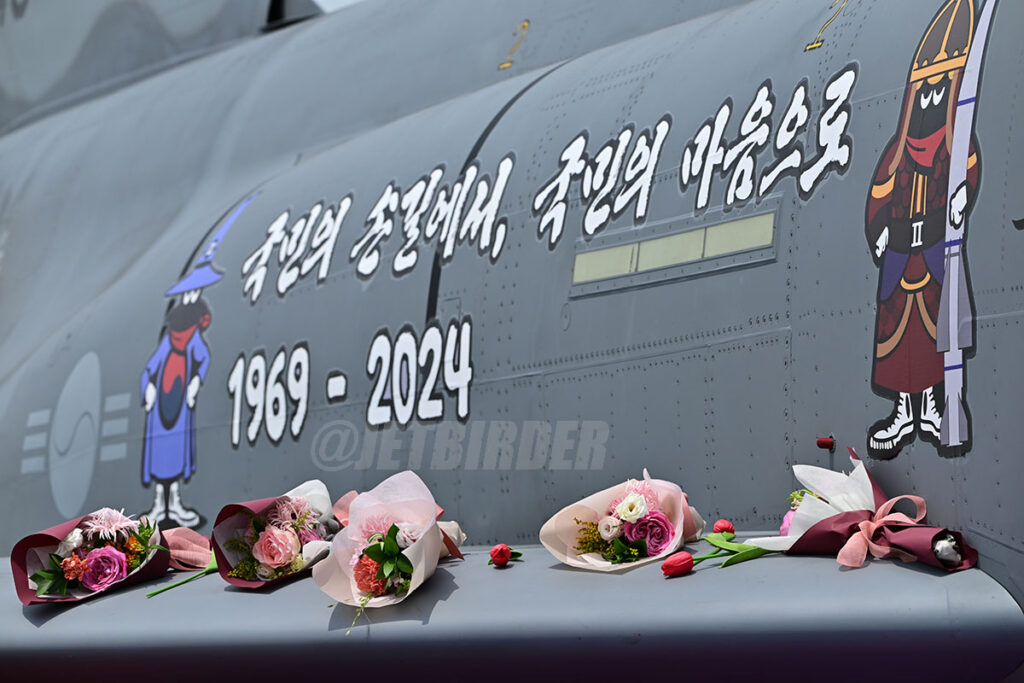
More than half a century ago, South Korea became the fourth country to acquire the Phantom, following the United States, the United Kingdom, and Iran. In total, South Korea operated 187 Phantoms in three versions.
The ROKAF initially received 18 F-4Ds, funded by $64 million in special military aid from the U.S. government. Training for aircrew and maintainers began at Davis-Monthan Air Force Base, Arizona, in 1968. The first six F-4Ds arrived at Daegu Air Base on August 29 the following year, after a 7,500-mile ferry flight across the Pacific from McClellan Air Force Base, California, with refueling stops in Hawaii, Guam, and Okinawa.
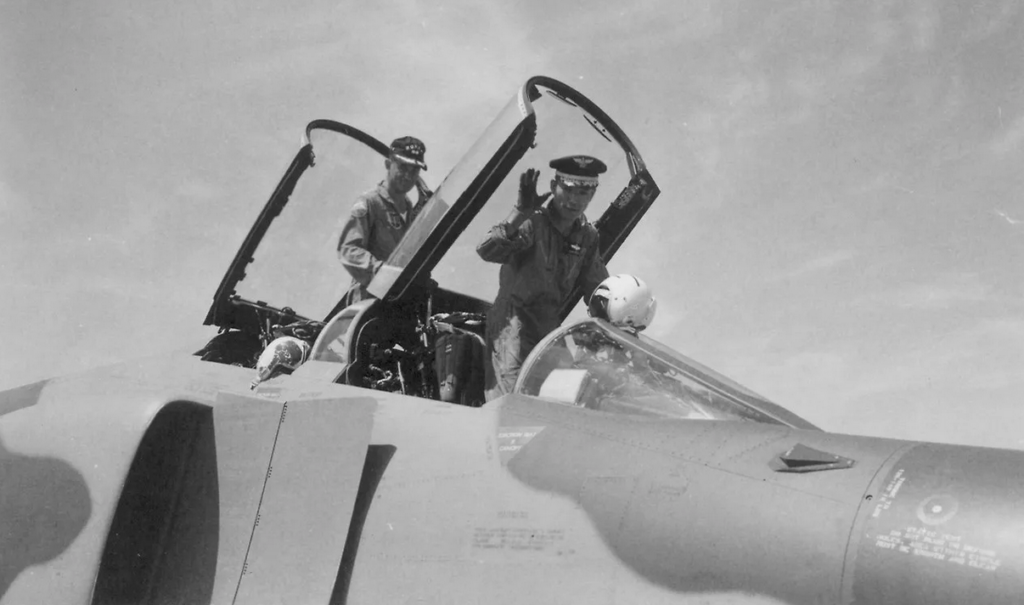
In Korean service, the F-4 was nicknamed Dokkaebi, after a goblin from Korean mythology and folklore, though the Spook motif was also widely used. To commemorate the retirement, new versions of the Spook were created: one wearing a traditional Korean red scarf and flag, and another with the helmet of a Joseon Dynasty warrior, holding an AGM-142 Popeye missile.
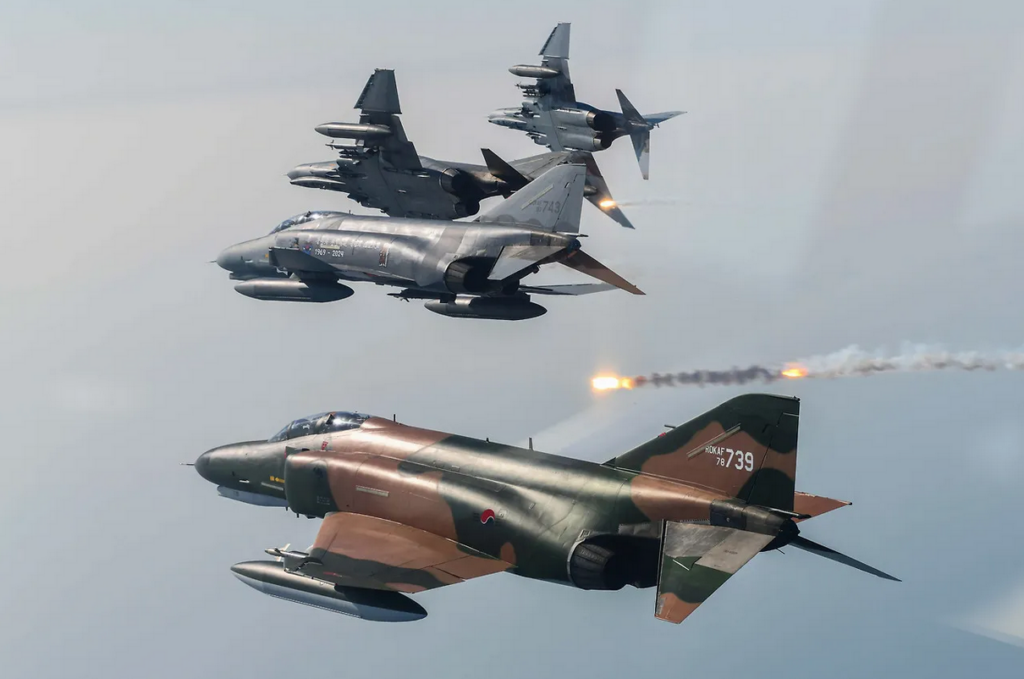
On May 9, four F-4Es honored the famous ‘Pilseung Squadron’ with a flight over notable locations in South Korea, including the air bases at Suwon, Cheongju, Chungju, and Daegu. The flight over Sacheon was joined by two KF-21s, symbolizing the future of the ROKAF’s fighter force. One of the F-4Es had its original jungle camouflage restored, while two others featured the Phantom’s iconic ‘Spook’ emblem on their fuselage sides, along with the commemorative inscription “From the hands of the people, by the heart of the people.”
Despite life-extension initiatives, such as airframe strengthening that allowed the F-4 to exceed its original design life of 4,000 hours, time has finally caught up with the Phantom. Following Japan’s retirement of its F-4s in late 2020, Iran remains the largest Phantom operator. Within NATO, only Greece and Turkey each maintain a single squadron of these jets.
1969年から55年間にわたり運用されてきた韓国空軍のF-4ファントムは、本日をもって退役を迎えました👻#PhantomFriday#PhantomPhriday#PhantomForever#PhantomPhorever pic.twitter.com/VcQFbYHw48
— 中野耕志 / Koji NAKANO (@JETBIRDER) June 7, 2024







